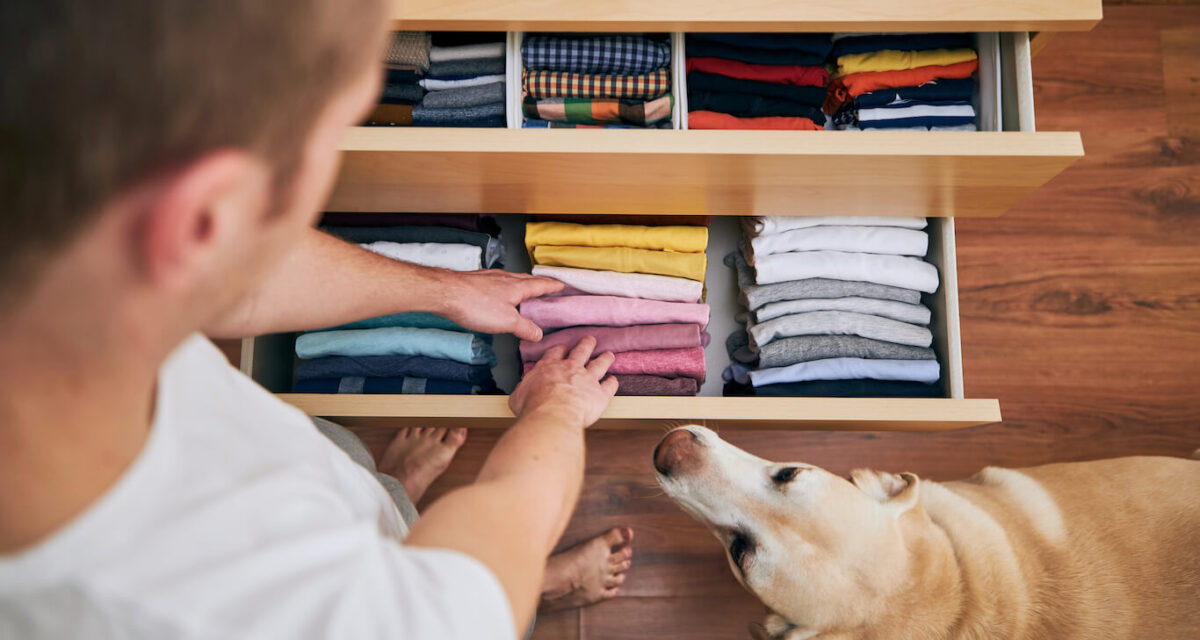From the sounds of the cicadas at night to the comforting cuisine and warm hospitality, there’s a lot to love about living in the South. But for all the wonderful points, anyone who’s ever lived in the region can attest to the wicked storms that can wreak devastation, leaving nothing but damage and the need for recovery in their wake.
As any Southerner can attest, knowing how to prepare your home for a hurricane is essential. The warm water of the tropical Atlantic combined with prevailing winds that move the storms in a west-northwest direction put the more than 123 million people who live there at risk. Understanding the potential danger is the first step in any effective preparedness plan.
CORT understands the importance of recognizing your risk and having an emergency plan in place, as well as the need for resources to help get back up and running quickly should a storm strike close to home. By partnering with insurance companies and relief agencies, CORT has a unique approach to disaster response and knows the importance of planning ahead.
First and foremost, make sure you have an evacuation plan in place. Consider signing up for emergency alerts from public officials, which can give you life-saving notice of potential disasters and other essential information you’ll need to keep yourself and your friends and family safe. Learn more about how to prepare your home for a hurricane with this list of tips.

Trim Trees
The higher the wind speeds, the more likely trees are to fall. Branches and large trees can damage your home and cause serious injuries.
- Remove any dead limbs or sections
- Prune away broken branches, which could become missiles in a storm
- Eliminate trees with a trunk diameter larger than 6 inches if they’re close enough to fall on your home
Secure the Roof
High winds and heavy rains can rip away shingles or damage the roof’s underlying protective layer, which can leave you with significant leaks and water damage.
- Inspect roof tiles or shingles for damage
- Secure loose roof materials with roofing cement
- Seal areas where wires come into the home to minimize water from entering
- Use hurricane straps to secure the roof
Brace the Garage Door
The garage door is among the weakest points in the home, and once it’s lost, the rest of the home can sustain extensive damage.
- Buy windowless garage doors rated to handle at least 50 pounds of pressure/square foot
- Choose a single door instead of double doors when possible
- Install a garage door brace to prevent the door from being sucked out or blown in
Fortify the Doors and Windows
Window and door damage lets moisture in. It also creates wind force and pressure inside the home, which causes extensive damage.
- Skip the tape, which does little to help
- Board windows up or install storm shutters
- Secure latches and bolts on all sides of the home
- Upgrade to wind-resistant windows and doors if possible
Pin Down Your Home
Those high winds and possible tornadoes spun out of the hurricane can lift your home’s structure right off the foundation.
- When building, install ties like Cable-Tite™, which connect the home and foundation with strength and constant downward pressure
- Secure mobile homes and outbuildings with straps and ground anchors
Install Generators Safely
Power outages are common during and after a major storm. It could last for several days, during which time a backup generator can keep major systems working.
- Use generators, gas-powered machines, and camping stoves outdoors only
- Keep units away from windows to prevent fumes from getting inside
- Install a carbon monoxide monitor in your home to monitor potentially dangerous levels
Stash Outdoor Furniture
Your bike, tables, and decorative items could all become deadly weapons in the wind of a hurricane.
- Store bicycles, grills, and furniture inside a garage or secure outbuilding
- Bring potted plants indoors
- Lay tall plants, trellises, and support structures down and secure them with rope
- Turn off all hoses and irrigation systems
- Bring indoors any small, loose objects like decor
Review Your Homeowners Insurance
Understanding your coverage before you need it is crucial for handling problems calmly.
- Review your current policy, and add extra coverage to fill any gaps
- Add flood insurance to cover water damage and protect your belongings
- Inventory your belongings to make it easy to account for everything later
Plan for the Aftermath
Do you know what you’ll do if your home is damaged in a hurricane?
- Take photos of all the damage to document it for your insurance claim
- Note anything missing or damaged from your inventory of belongings
- Temporarily repair broken windows with plastic and roofs with tarps to prevent further damage
If you need to renovate, consider furniture rental as a comfortable option to make your home feel like your own again. A company like CORT does all the work for you — delivery, set up, and pickup once you’re ready to return to a permanent solution.






